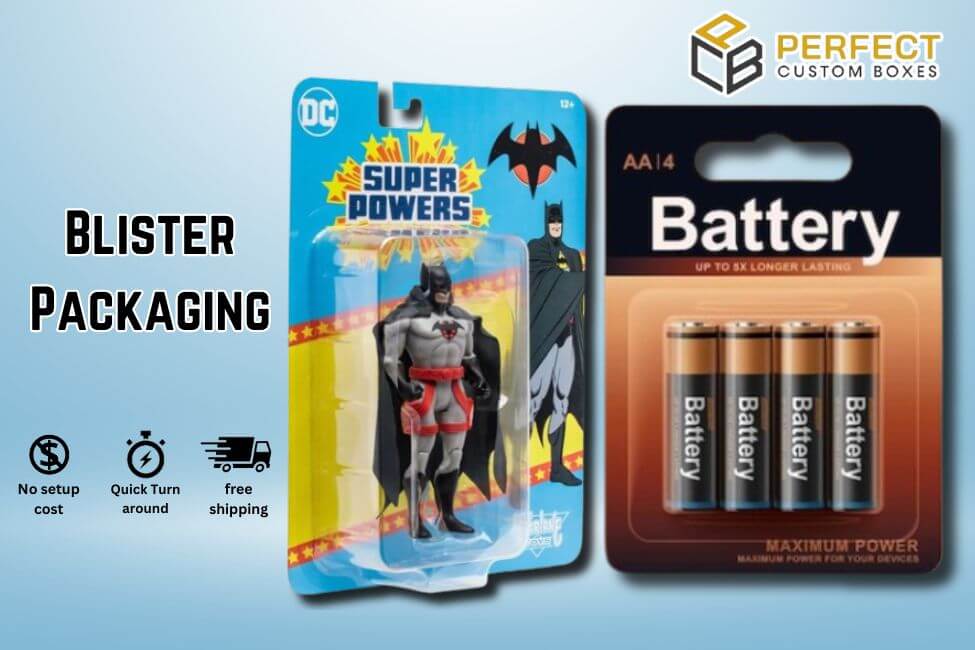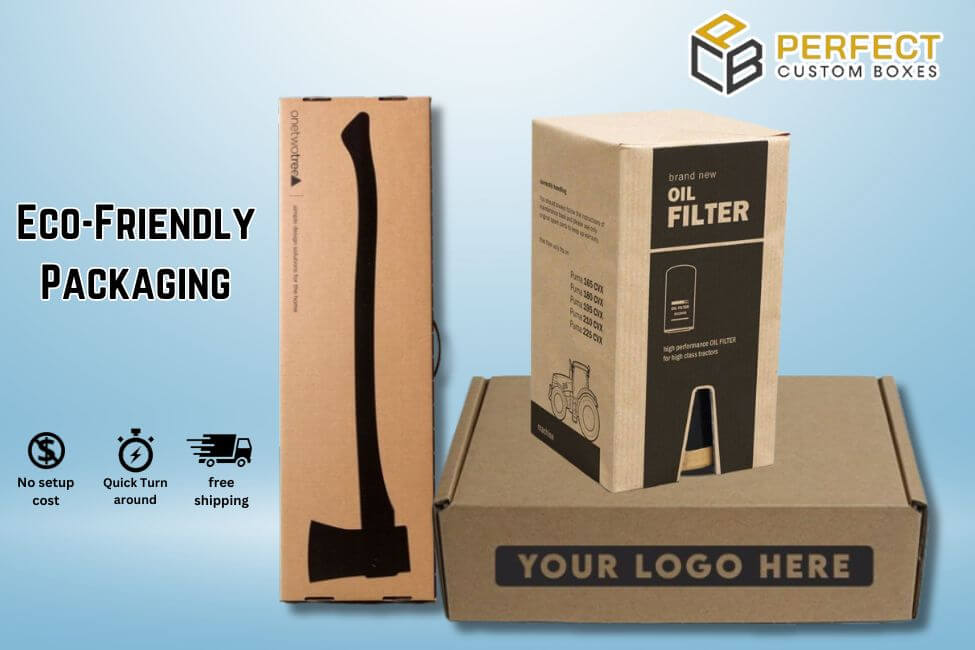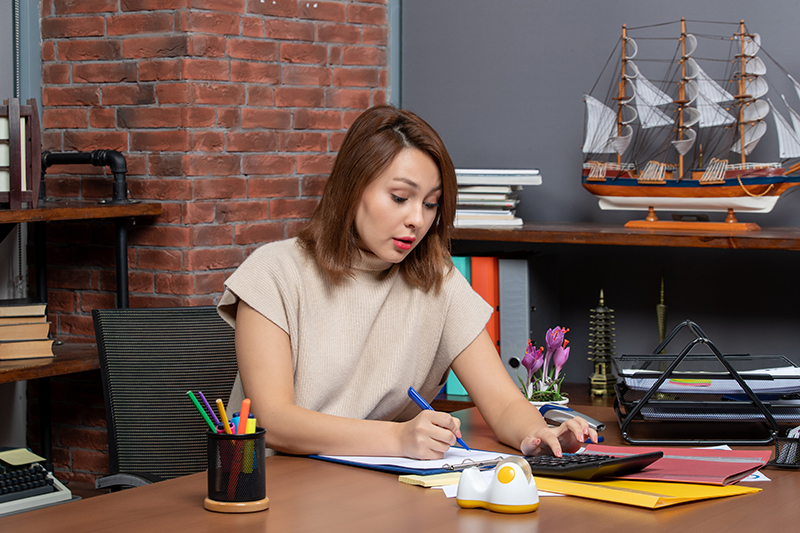Get Competitive Advantage with Blister Packaging
2024-02-21 22:06:37
Packaging is a popular technique for effectively and safely packaging goods. It makes use of a blister, which is a pre-formed plastic cavity that is usually sealed to a backing card or foil. This kind of packaging, which has several advantages for both manufacturers and customers, is frequently used in a variety of industries, including consumer goods and pharmaceuticals. Blister Packaging and its capacity to offer the contained product a high degree of protection is one of its main features. The plastic blister protects the product from air, moisture, and other elements that may deteriorate its quality. This protection is essential for products like electronics and medications, where exposure to moisture or air can cause spoiling or damage.
Custom Blister Packaging and Their Perception
Customers can see the goods inside because of the plastic blister's transparency, which is advantageous for products with distinctive characteristics or branding. It provides superior visibility and product display in addition to protection. This exposure makes the goods look better overall and enables customers to make well-informed selections about what to buy. Custom Blister Packaging is adaptable and may be tailored to meet the unique needs of various products. Blister packs are available in various sizes and forms so that producers can fit a range of products, from electrical devices to medicines. It can also be built with features like tamper-evident seals or child-resistant locks to improve safety and security.
Printed Blister Packaging Stick to Creating Brand Recognition
It is simple to automate the process of creating blisters and sealing them to foil or backing cards, which increases productivity and reduces expenses. From a manufacturing perspective, Printed Blister Packaging provides several logistical benefits. Faster turnaround times made possible by this technology help producers fulfill deadlines and react swiftly to fluctuations in demand. Because of its small size and low weight, it is perfect for storage and transportation. Their flat, stackable design maximizes space usage while lowering environmental effects and transportation costs. Furthermore, its resilience reduces damage or breakage by ensuring that products are well-protected during transit. It has several restrictions and constraints despite its many advantages.

Eco-Friendly Packaging Offer Value to Your Customers
Environmental sustainability has become a global concern in recent years, leading firms to reevaluate existing methods and switch to more environmentally friendly ones. Packaging is one such topic that has attracted a lot of interest. Eco-Friendly Packaging has historically been associated with wastefulness and linked to pollution and environmental damage. However, a paradigm has changed in favor of using sustainable packaging options as Eco-conscious consumption has grown. It describes components and methods that reduce environmental effects at every stage of a product's lifecycle, from manufacture to disposal. The main objectives are reducing waste, conserving resources, and lowering carbon emissions.
The Best Product Protection with Custom Eco-Friendly Packaging
Several cutting-edge strategies have surfaced in the search for sustainable packaging, each with advantages and difficulties. Using compostable and biodegradable materials is one of the Custom Eco-Friendly Packaging and its main trends. Biodegradable materials cause less harm to ecosystems over time than traditional plastics, which can linger in the environment for generations. Instead, they decompose spontaneously over time. Contrarily, compostable materials break into organic matter, enriching the soil and promoting plant development. Compostable paper, plant-based polymers, and packaging made of mushrooms are becoming more and more popular substitutes for conventional packaging materials. Reducing the total amount of material used is another critical component.
Beat Your Competitors through Printed Eco-Friendly Packaging
This entails creating strong and lightweight packaging while using the fewest resources possible for manufacturing and shipping. Furthermore, maximizing space economy through packaging design optimization can assist in minimizing the requirement for additional packaging material. Employing creative packaging ideas and minimalist design concepts allows businesses to drastically cut Printed Eco-Friendly Packaging environmental impact without sacrificing the quality of their products. Initiatives aimed at sustainable packaging must prioritize recycling. Businesses can save precious resources and divert waste from landfills using recycled materials to create packaging. Their lifecycle can remain completed by processing and reusing recyclable materials like cardboard, glass, and polymers.

Custom Packaging and Improved Customer Experience
Packaging is now a crucial component of contemporary company plans, giving businesses a unique chance to set their products apart from the competition and increase brand awareness. Custom Packaging is an effective strategy to draw attention, convey value, and promote brand loyalty in a competitive market when customers remain overwhelmed with options. One of its main benefits is its capacity to provide a lasting initial impression. In a world where visual clues cause consumers to make snap decisions, packaging is critical to drawing attention to products on shop shelves or in search engine results online. A well-crafted box catches the eye of customers and piques their curiosity amid a sea of generic substitutes.
Wholesale Custom Packaging Will Improve Convenience
Packaging allows companies to customize their products to their target market's specific requirements and tastes. Companies can utilize it to strengthen brand identification and build stronger connections with consumers by selecting colors, typefaces, or graphics that speak to their target audience. To appeal to consumers who care about the environment, Eco-conscious firms might, for instance, use sustainable packaging materials. In contrast, luxury brands might spend more on upscale finishes to project exclusivity and refinement. Wholesale Custom Packaging offers a chance for narrative as well. Packaging is more than just a container for a product; it's a medium through which brands convey their story, principles, and objectives. Businesses can establish more meaningful emotional ties with their customers by adding details like product origins, brand history, or the motivation behind the creation.
Custom Packaging Offers Better Aesthetic Appeal
In addition to increasing the product's perceived value, this storytelling element helps consumers trust and feel authentic, two essential things in today's consumer environment. Businesses can use Custom Packaging to improve the unboxing experience, which is a practice that has become increasingly popular in recent years, especially with the advent of influencer marketing and social media. When a customer opens a delivery, brands can create moments of surprise and delight. Brands can create a lasting impression beyond the first purchase using inventive packaging designs, personalized messages, or carefully chosen inserts. This encourages brand advocacy and word-of-mouth marketing. It helps with marketing but also serves a valuable purpose in keeping goods safe while being transported and stored.

